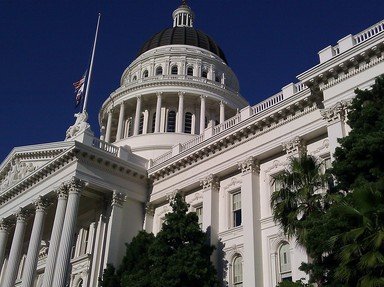Quiz Answer Key and Fun Facts
1. Although he began his career as a Republican (at a time when Republicans were more liberal than Democrats) Robert LaFollette, a senator from Wisconsin, later became a Progressive and ran for the presidency in 1924. By what nickname is LaFollette known as?
2. Which of the following U.S. presidents was NOT generally considered a liberal or progressive during his time in office?
3. What is the name of the Massachusetts senator whom Barack Obama appointed as the first head of the Consumer Financial Protection Bureau in 2010?
4. What is the last name of father and son politicians Mario and Andrew, who were both liberal Democratic governors of New York?
5. Wisconsin Senator Russ Feingold had a long history of progressive values. Notably, he was the only senator to vote against what the first time it came up for a vote in 2001?
6. Although none of them could be considered liberal or progressive, which of the following Republican senators was NOT ousted by a more conservative primary challenger in the given election?
7. Senators Olympia Snowe and Susan Collins were considered the two most liberal Republican senators when they served together from 1997-2013. Which New England state elected these women?
8. Which female governor of Texas, a traditional conservative state, lost her reelection campaign in 1994 to future president George W. Bush after he accused her of being too liberal for the Lone Star State?
9. Which Vermont politician was an independent politician but caucused with the Democrats in the Senate and identified as a democratic socialist?
10. Which liberal Democratic woman was the first female Speaker of the House, as well as the first Italian-American and Californian to hold that position?
Source: Author
Joepetz
This quiz was reviewed by FunTrivia editor
stedman before going online.
Any errors found in FunTrivia content are routinely corrected through our feedback system.

